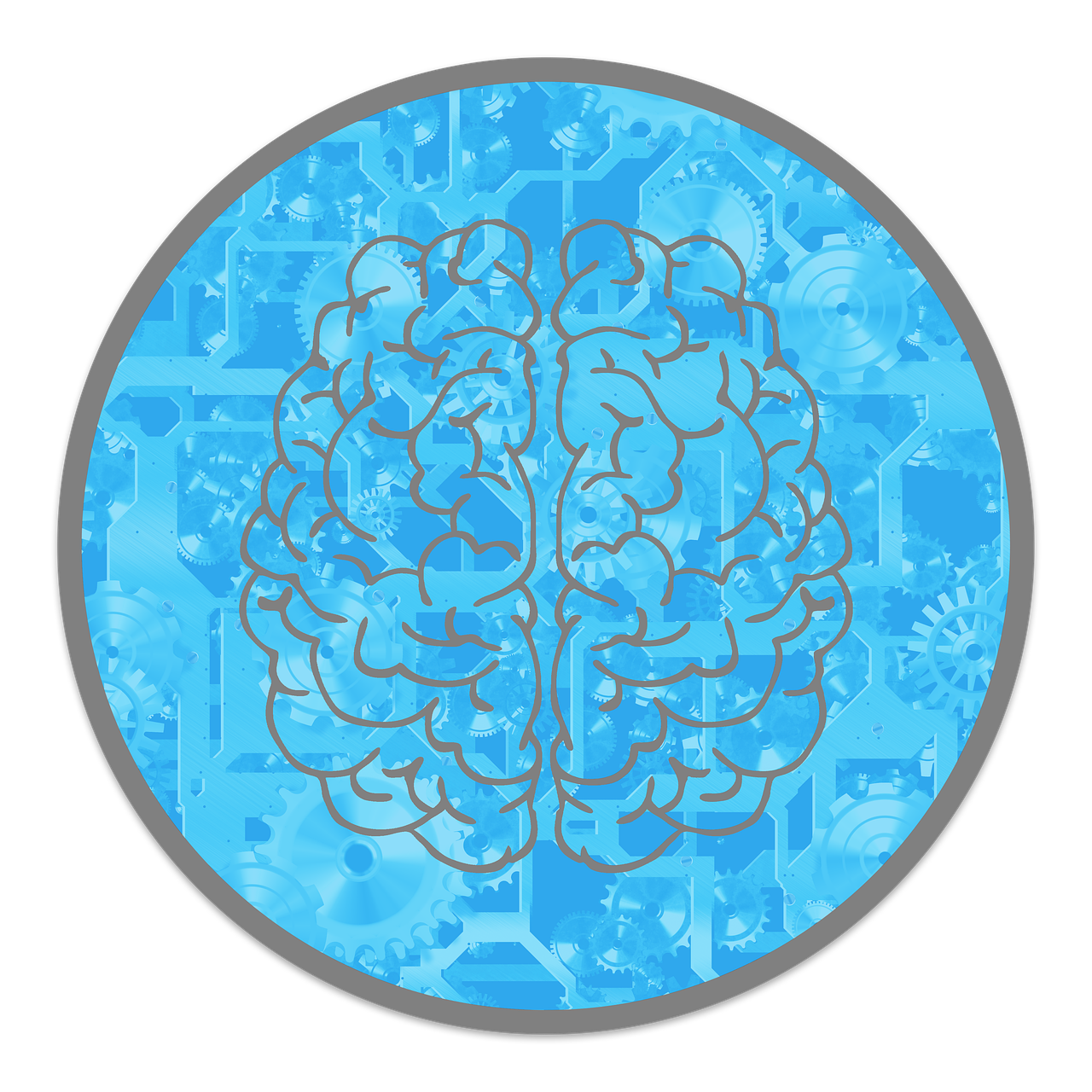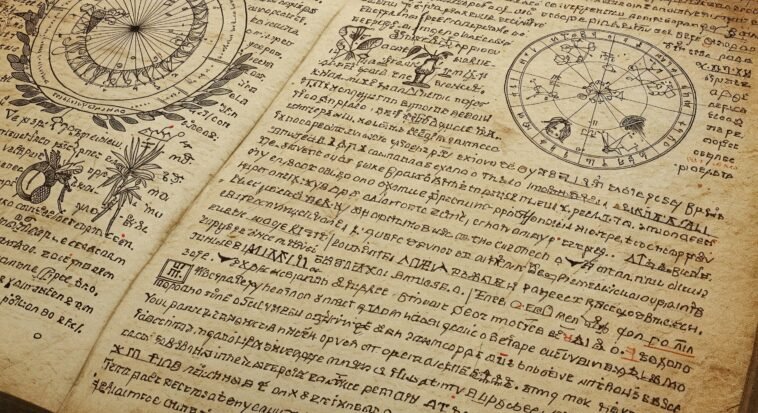
Hidden in Yale’s Beinecke Library is a book that’s basically the Da Vinci Code of the 15th century: the Voynich Manuscript.
Filled with weird plants, unreadable symbols, and bizarre drawings, this book has stumped experts, codebreakers, and conspiracy theorists for over 600 years.
No one knows who wrote it, what it says, or why it exists.
Even in the age of AI and Google Translate, this mystery refuses to be solved.
So why does this strange book still captivate us?
Will science crack the code, or is it just the ultimate unsolvable riddle?
Let’s dive into the history, theories, and research behind the world’s most confusing manuscript.
What Is the Voynich Manuscript?
Discovered in 1912 by rare book dealer Wilfrid Voynich, the Voynich Manuscript is a 240-page mystery wrapped in vellum (yep, that’s calfskin parchment).
Carbon dating places it around the early 15th century—somewhere between 1404 and 1438—thanks to a 2009 study by the University of Arizona.
So what makes this book so wild?
Key features:
- The language: Often called “Voynichese,” it’s a script no one can crack. Seriously, no one—experts, AI, or your friend who swears they’re fluent in 17 languages.
- Illustrations: A little weird. A lot mysterious. Among them:
- Unreal plants: No one’s been able to match these with known species. Maybe alien flora?
- Nude women bathing: In green liquid. Totally normal, right?
- Astronomical diagrams & zodiac signs: A celestial map no one can decode.
- Sections:
- Herbal: Weird plants, weird uses.
- Astronomical: Star charts, but no one can tell which stars.
- Balneological: Yep, it’s all about bathing. (Relax, it’s not as creepy as it sounds.)
- Cosmological: More space stuff.
- Pharmaceutical: Potion recipes? Possibly.
- Recipes: But like, for what? We still don’t know.
So, what is this book really about? That’s still anyone’s guess.

Dating the Mystery: Who Created the Manuscript?
Carbon dating & ink analysis
In 2009, researchers at the University of Arizona gave the Voynich Manuscript a carbon-date makeover and confirmed it’s from the early 15th century—so, no, it’s not some modern prank (though the mystery still feels like one).
The ink, it turns out, was added shortly after the vellum was created, making it even less likely this is just a crafty forgery.
- Read also: The Mystery of the Holy Grail: Religious Symbol or Hidden Truth?
- Read also: Explore Ancient Civilizations and Their Mysterious Technologies
Possible authors
Who’s the mastermind behind this cryptic creation?
Well, it’s anyone’s guess, but here are the top contenders:
- Roger Bacon: The 13th-century polymath and alleged secret wizard was once a favorite suspect. But timelines didn’t line up, so he’s been dropped from the list.
- John Dee: The Elizabethan mathematician and occultist had a thing for the mysterious. Some think he either owned or commissioned the book, possibly as a sort of medieval spellbook.
- An Unknown Scribe: The most likely answer? A nameless scribe with serious knowledge in fields like herbal medicine, astrology, and medieval science.
Why No One Can Read It: The Linguistic Puzzle
Cryptographers, AI experts, and linguists have all tried—and failed—to crack the Voynich Manuscript. It’s the ultimate “who can solve this riddle?” challenge.
Key mysteries:
Voynichese syntax
The text follows some of the same patterns as natural languages—like Zipf’s law (fancy term for how often words appear in real languages).
But, plot twist: it doesn’t match any known language. Not even close.
Repetitive structure
Words repeat with tiny tweaks, leading some to believe it’s either a constructed language or some sort of complex cipher.
Kind of like if Shakespeare decided to play with Pig Latin.
No corrections
The manuscript is almost pristine—no cross-outs or edits.
This suggests either it’s a well-planned hoax, or it’s by someone who totally understood the language (and wasn’t a fan of white-out).
Expert attempts:
World War II codebreakers
These are the same geniuses who cracked the Nazi Enigma code.
And, yeah, they also failed here.
So, if you’re wondering if you could figure it out… the odds aren’t great.
AI Model (2018)
A team from the University of Alberta claimed to spot Hebrew elements in the text, but the verdict is still out on whether that’s true or just a glitch in the matrix.
As Professor Stephen Bax from the University of Bedfordshire puts it:
The text is written in a way that suggests purpose, yet no known linguistic method has unlocked its meaning.
In other words, it’s like a language puzzle that even the brightest minds can’t solve. Definitely gives The Matrix vibes.

Theories: Hoax, Cipher, or Alien Origin?
Theories about the Voynich Manuscript are almost as wild as the book itself.
Some are grounded in history, while others belong in a sci-fi thriller. Let’s dive in.
1. Medieval Cipher
The most popular theory is that the manuscript is a super-secret code—basically a medieval encryption designed to keep sensitive info hidden during times of political or religious danger.
Think National Treasure, but with more plants and less Nicolas Cage.
2. Elaborate Hoax
Some critics think the manuscript is just a really elaborate prank.
Maybe some clever medieval person created it to trick collectors or patrons into coughing up cash.
But… considering how complex and costly the manuscript is, this theory feels a bit like calling the Mona Lisa a doodle.
3. Alien Language or Channeling
For the X-Files crowd, there’s a theory that the manuscript is a transmission from aliens—or that it was channeled during a mystical trance.
While it’s a fun thought (who doesn’t want to imagine an ancient alien script?), there’s zero evidence to back it up. Sorry, Mulder.
4. Lost Natural Language
Some linguists believe the manuscript could be written in a now-extinct or undocumented language.
Maybe it’s from a tiny group or culture whose records didn’t survive. It’s like finding an ancient mixtape you can’t quite decode—but it could totally be a bop if you did.
How Technology Is Helping Decode It
Modern tech is stepping in to tackle the Voynich Manuscript mystery, and while we’re not exactly uploading it into a computer to crack it in seconds, the progress is looking promising.
Artificial Intelligence
AI is now taking its turn at deciphering the manuscript, with models trained on thousands of languages.
Progress? Slow. But promising.
Think of it like a robot version of Sherlock Holmes—just, you know, without a fancy pipe or dramatic reveal.
Multispectral imaging
In a Mission: Impossible-esque move, tech like infrared and UV light is helping researchers uncover hidden or faded text.
It’s like being able to read a document written with invisible ink—just without the fancy spy gadgets.
Data science applications
Enter network theory: Researchers are now analyzing how words relate to each other, trying to decode the hidden structure beneath what looks like random gibberish.
It’s like playing an advanced game of Scrabble, but on a cosmic level.

Why Does the Voynich Manuscript Still Matter Today?
The Voynich Manuscript might be centuries old, but it’s still a cultural and academic icon that’s holding our attention—because it sits at the perfect crossroads of:
- Linguistics: What’s the deal with that bizarre script?
- Cryptography: It’s like the ultimate code-breaking challenge.
- History: It’s a relic from a mysterious past.
- Mysticism and folklore: Is it magic, or just medieval weirdness?
This ancient puzzle has inspired everything from novels and films to escape rooms and even music compositions.
It’s basically the Indiana Jones of books.
Why it matters:
- Puzzles drive innovation: The challenge of decoding the manuscript pushes boundaries in AI and data science.
- Cultural preservation: It reminds us how much ancient knowledge might still be locked away in lost languages or forgotten scripts.
- Human curiosity: Ultimately, the manuscript symbolizes our eternal quest for understanding the unknown.
What’s next? Can it ever be decoded?
While some experts believe the answer lies just around the corner thanks to AI, others argue it may never be solved due to the potential loss of contextual knowledge needed for translation.
However, each year brings new tools, fresh minds, and renewed interest, inching us closer to an answer—or at least a deeper appreciation of its brilliance.
Unraveling the Voynich Mystery
| Key Insight | Takeaway |
| It’s a 15th-century manuscript |
Carbon-dated between 1404–1438
|
| Written in an unknown script |
Possibly a lost language, cipher, or constructed code
|
| Filled with puzzling illustrations |
Plants, women, and symbols with no clear meaning
|
| Decoding attempts have all failed |
Including those by military codebreakers and AI
|
| Its meaning remains elusive |
But it continues to inspire scientific and cultural fascination
|
- Read also: 6 Prehistoric Artifacts That Could Change History
- Read also: Controversial Artifacts from Lost Civilizations: What Are They Hiding?
What’s Next? Can It Ever Be Decoded?
Some experts think we’re this close to cracking the Voynich Manuscript code—AI could be the key.
But others argue that we might never fully unlock it because we’ve probably lost the crucial context needed to understand the language.
Still, every year, new tech, fresh minds, and a surge of curiosity get us a little bit closer to solving—or at least appreciating—the manuscript’s brilliance.
It’s like a mystery that keeps giving us just enough to keep us hooked, like the Sherlock Holmes reboot—always leaving you wanting more.



